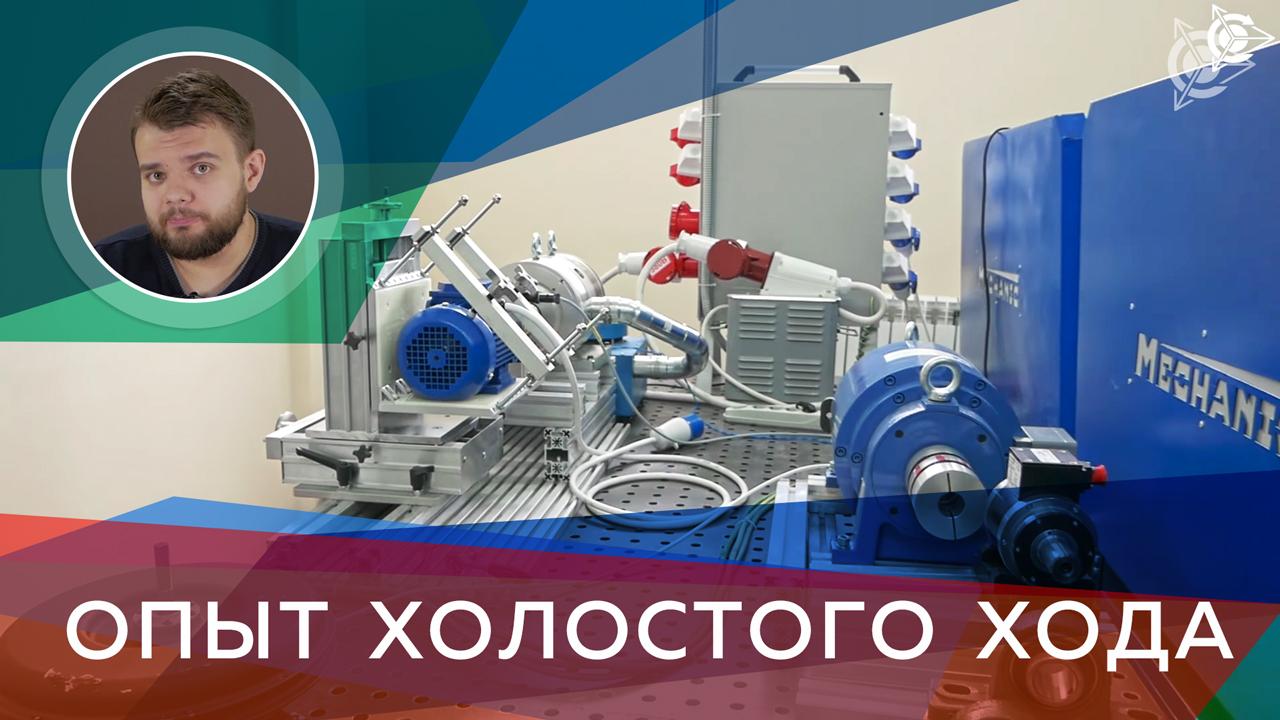
Новости из лаборатории Дуюнова: опыт холостого хода
22 tháng 4 2018
Earlier we showed the idle running test with one of the first samples of 318 wheel motor.
However, we didn’t manage to conduct comprehensive testing back then due to the limitations of the integrated sensors of the power analyzer with the maximum current of 50 Ampere.
It was decided to mount and connect new current sensors and repeat the testing.
Evgeniy Duyunov commented upon the testing process and its results.
In the course of testing one can see the in-process voltage, current, different power values and other parameters on the screen of the power analyzer.
All performance characteristics should be measured to determine the knee point, i.e. to determine the nominal voltage of the wheel motor.
This will help determine what voltage and winding data will be required for the effective motor operation as a part of a drive system.
The data acquired in the course of testing was used to build tables from which dependency graphs for defining the dependence of current and power from voltage as well as derivative graphs were deduced; these were used to determine the knee point.
The data acquired in the course of testing was used to build tables from which dependency graphs for defining the dependence of current and power from voltage as well as derivative graphs were deduced; these were used to determine the knee point.
As a result of analyzing the data it’s possible to conclude that the operational nominal voltage for the motor of this design at the power supply frequency of 50 Hz is 11 Volt.
Eventually it was determined that at the frequency of 150 Hertz this motor requires 46 Volt of battery voltage which corresponds to an accumulator with 48 Volt midpoint and completely fits the theoretical data that we got as a result of calculations in the process of engineering this motor.
Eventually it was determined that at the frequency of 150 Hertz this motor requires 46 Volt of battery voltage which corresponds to an accumulator with 48 Volt midpoint and completely fits the theoretical data that we got as a result of calculations in the process of engineering this motor.

